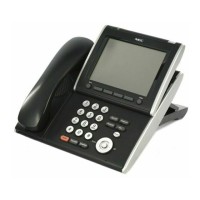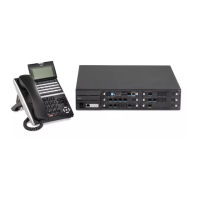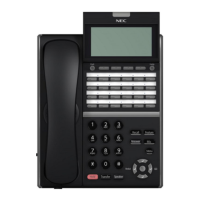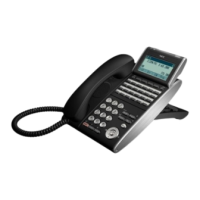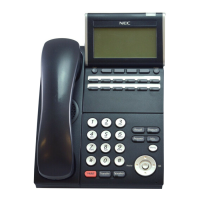1257
Assign Trunks As Automated Attendant Trunks – Method 1:
Incoming Call Trunk Setup
Assign Service Type 4 to each trunk you want
to ring into Voice Mail as a Direct Inward Line
(DIL).
Trunks 1 ~ 400
0 = Normal
1 = VRS (second dial tone if no
VRS installed)
2 = DISA
3 = DID
4 = DIL
5 = E&M Tie line
6 = Delayed VRS
7 = ANI/DNIS
8 = DID(DDI) Mode Switching
DIL Assignment
Assign the destination extension or Department
Calling Group for each DIL incoming trunk. A
DIL rings an extension directly, without any
other Access Map or Ring Group Programming.
Use Program 22-02 to designate a DIL trunk.
If all Voice Mail ports are in the same Extension
(Department) Group, the DIL rings another
Voice Mail port if its assigned port is busy.
For this selection to work, set Program
22-02-01 to 4 (DIL).
Day/Night Modes (1 ~ 8):
Extension Number (maximum of
eight digits)
Pilot Number
Assign Trunks As Automated Attendant Trunks – Method 2:
Incoming Call Trunk Setup
Assign 0 to each trunk you want to ring into
Voice Mail as a normal line.
Trunks 1 ~ 400
0 = Normal
1 = VRS (second dial tone if no
VRS installed)
2 = DISA
3 = DID
4 = DIL
5 = E&M Tie line
6 = Delayed VRS
7 = ANI/DNIS
8 = DID(DDI) Mode Switching
Incoming Extension Ring Group
Assignment
Assign Ring Group 102 for an In-Skin/External
Voice Mail, or 103 for a Central Voice Mail as
the destination.
Extensions
101 ~ 108 (first
eight ports) ring
for incoming
Ring Group 1
calls. No other
extensions ring
for incoming
Ring Group 1
calls.

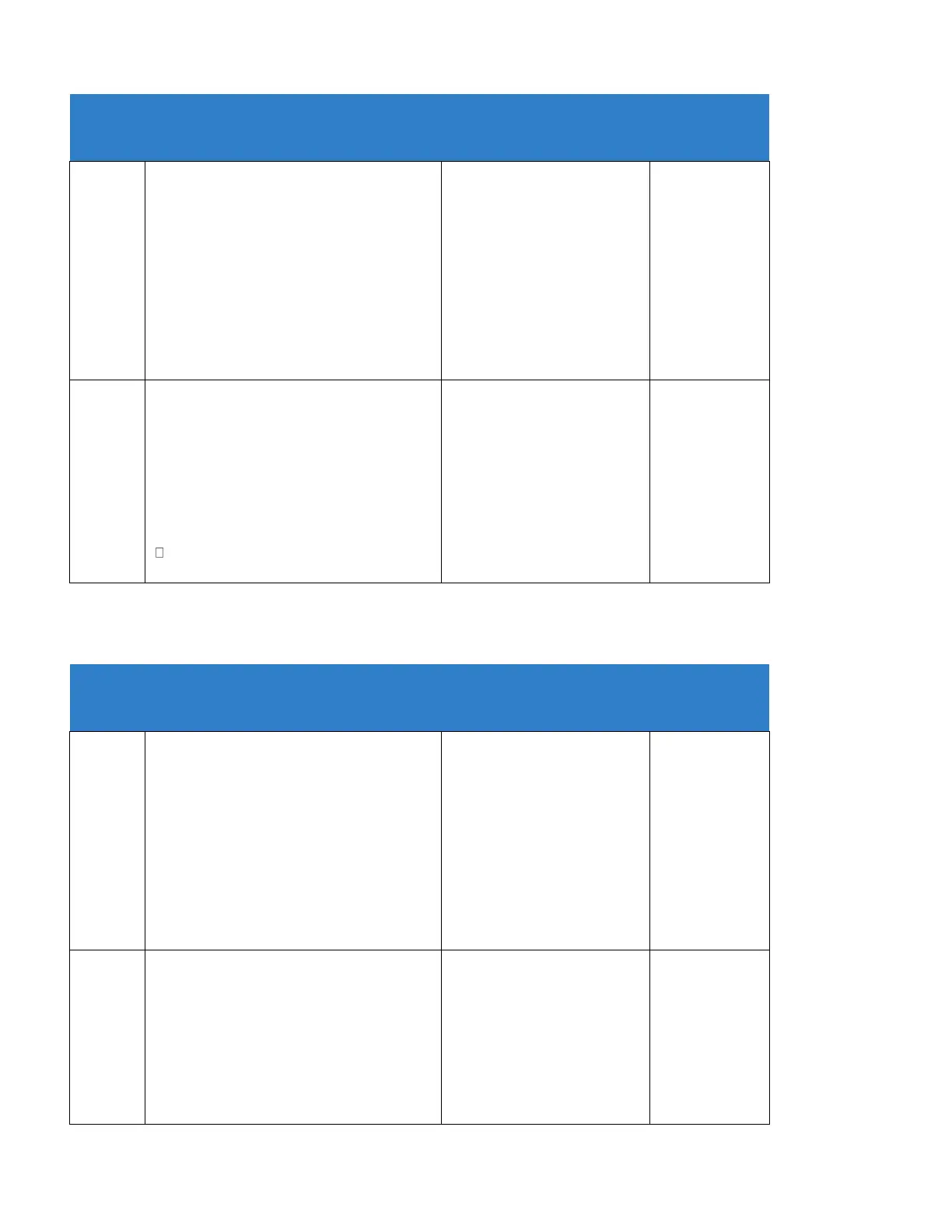